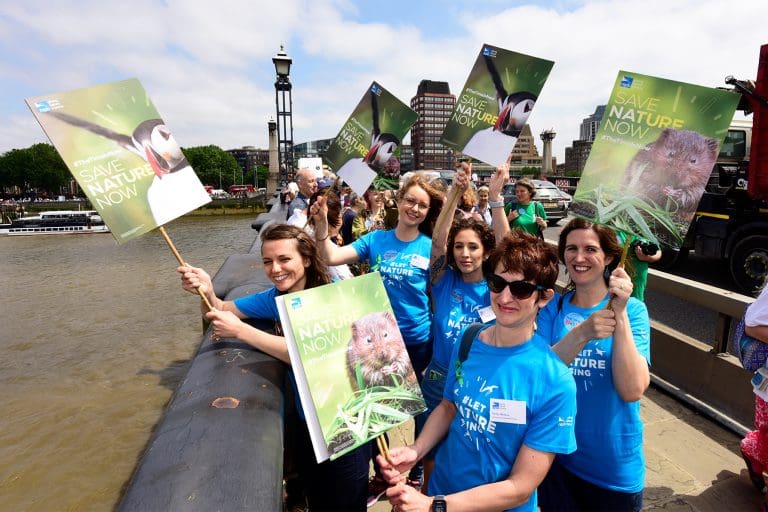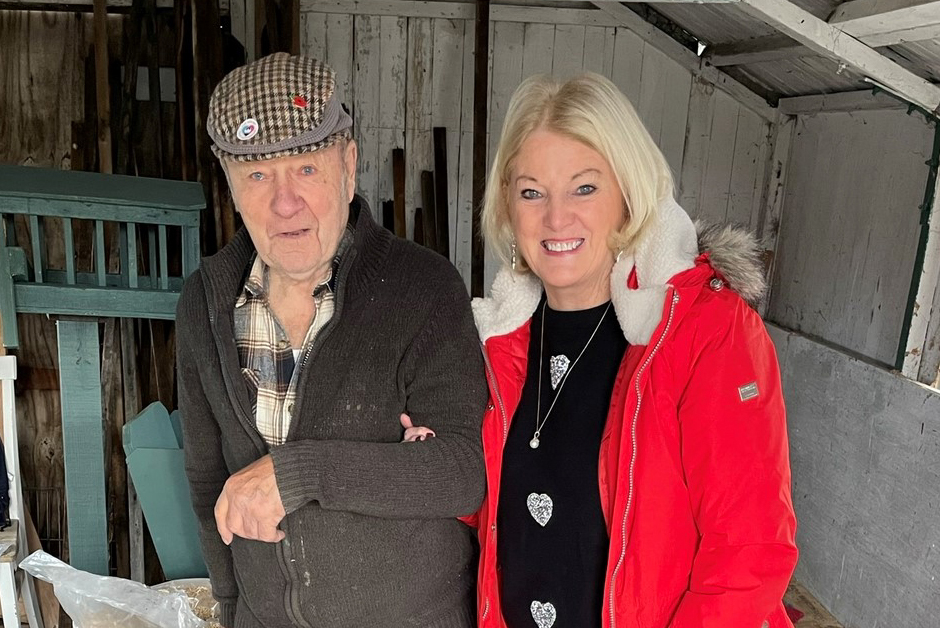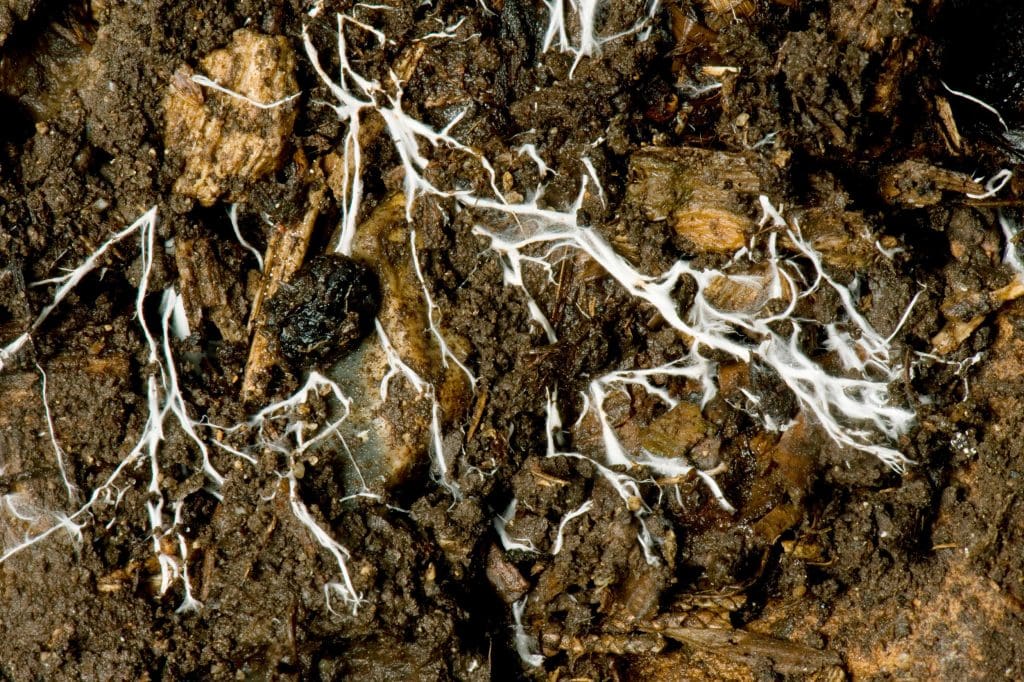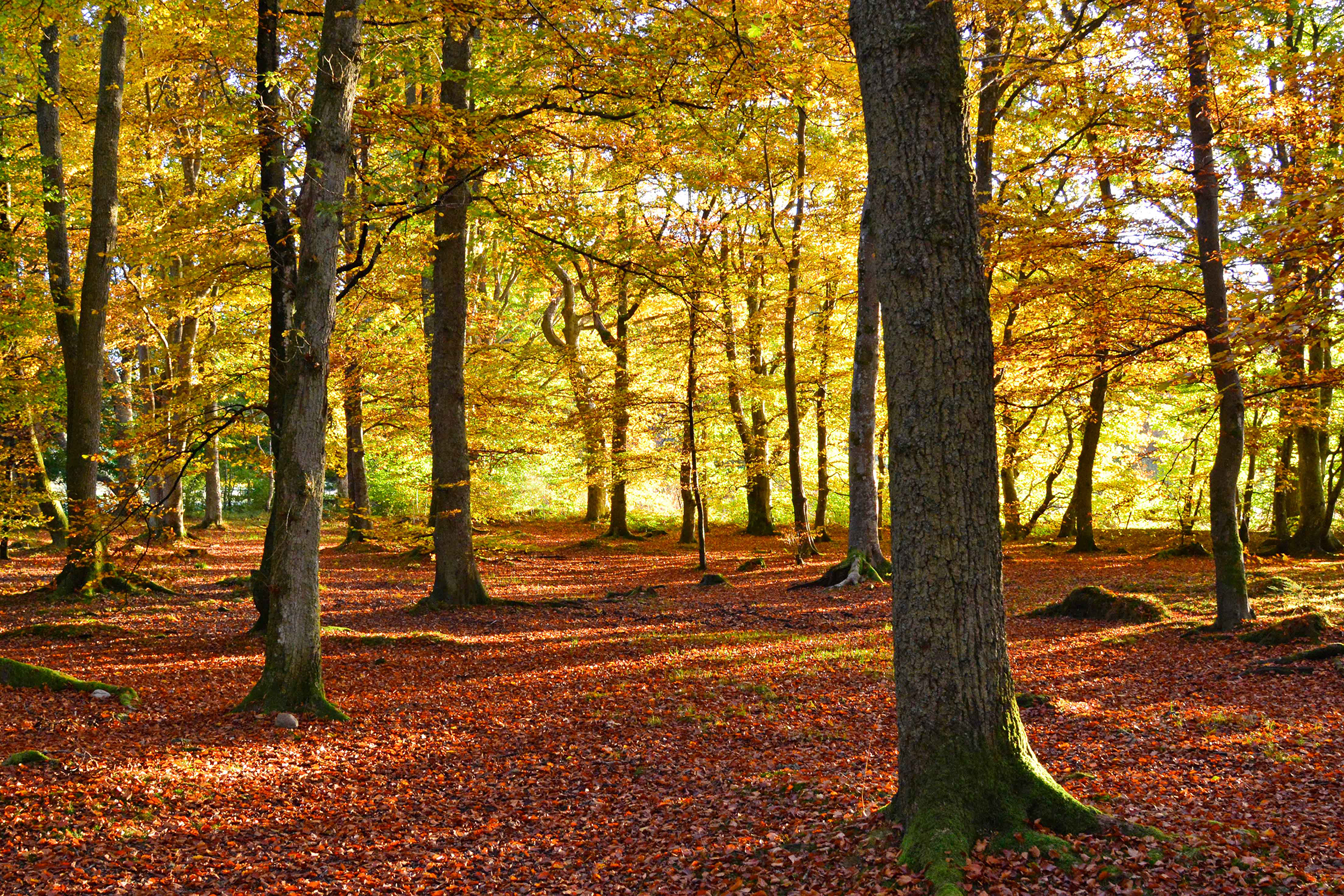Most of us have passive relationships with trees – trees whose shapes are reassuringly familiar on a daily commute, that mark walks, a homecoming, a memory: favourite trees, meaningful trees; whole woods, sometimes. More often than not, the trees were old before we knew them and will outlast us. Solid, dependable, living structures, connected with the world in ways we hardly acknowledge. An elaborate safety net that holds us, and includes clement weather, oxygen and carbon sinks and the recurring cycle of growth, harvest, decline, nourishment and regrowth. An intricate cradle of security.
In autumn, the colour, pause and fall of the leaves remind us of this cycle. The sense of a world bigger than us, carrying on, where we are released from duty.
How easily we absolve responsibility, when it is within our power – and necessary – to act. I was six or seven when I first knew what it was to lose important trees, and I’ve been haunted by this loss ever since. By the time I was in my twenties defending trees from road developments in the ‘90s, mine and others’ actions were seen as eccentric and irrational. A standing-in-the-way of progress and sense. Well, times change.
An increasing number of us know the terrible wrench of losing not just loved trees, but habitats, and what this means for those sleeping unaware. My latest local ‘haunting’ involved whole woods cut down for grants in spring, replaced now by lines of whips in plastic tubes. The opportunity for life-giving decay and natural regeneration (not to mention the last remaining population of Willow Tits in a line from the Severn to the Wash) was lost with them.
UK trees outside of woodlands were valued at £3.8 billion by Forest Research and Defra for the role they play in our environment.
Autumn is a return to grace of sorts. It’s a return to childhood memories (pencil shavings, kicking leaves, sparklers, toffee apples and Halloween) and a primordial feeling of retreat and safety. Deciduous trees are dressed for a homecoming; a settling, a knuckling down. Those crisp autumn days of russet leaf-fall, blue smoke of bonfires and the scent of leaf mould, earth and late-flowering ivy all feed senses primed to a comforting melancholy: a reset and re-rooting. A storing up for change.
Autumn is also a time for shaking up. Of storms that swing in, de-fleecing the trees of their leaves, seeping through waterproofs and inverting umbrellas. We are reminded that, like the trees that bend, right themselves and sometimes break – we are vulnerable, too.
Our relationship with trees can no longer be passive. It’s time to engage in this great engine of life. Recent campaigns from the street tree defenders of Sheffield and Plymouth, demonstrate that leaders would do well to listen to us ‘tree-huggers’ if they want to continue to prosper.
There’s an urgent message spun in the howl of an autumn gale. Those seeds, nuts and fungi, growing and nourishing the loam, represent possibility planted in us, too. The seeds of hope and change and regenerative action. A chance to consider our intentions for another cycle of life on Earth and how we nourish it.
Listen to this feature here:

Campaign with us
Nature needs our help and the time to act is now. We need all politicians to put nature at the heart of their decision-making. They can do this by acting on the clear solutions that will give nature a chance to recover. If we call for these solutions, and politicians act, we can protect nature. There are a whole host of ways you can get involved.

Campaigners. Photo: Ben Andrews
You might also like

Your say – autumn/winter 2023

A voice for nature



